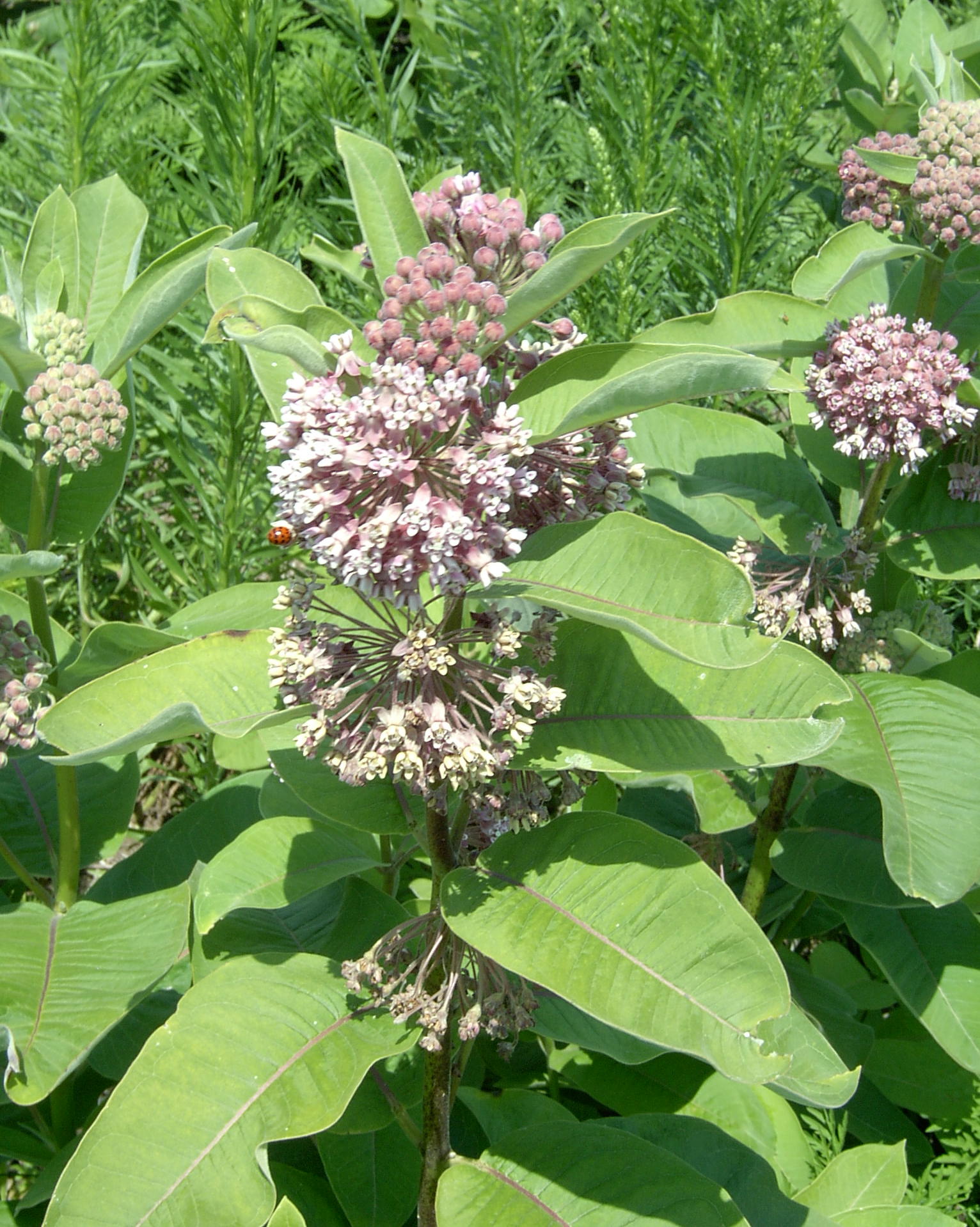
Snails and slugs will also eat Milkweed seedlings! It seems really strange that these creatures are able to handle the potent chemicals contained within the plant – but they obviously can – so be sure to protect your new seedlings. One thing I’ve learned through hard experience is that rats will eat Milkweed seedlings down to a nub, and that seedling rarely recovers.
#Narrow leaf milkweed seedling full
Finally, you can put them outdoors in full sun, and they can be exposed to cooler nighttime temperatures. Then add more hours in the sun, and otherwise in a protected area (such as an outdoor covered porch). Expose the seedlings gradually at first to morning sun only, keeping them inside at night, but without bottom heat. This style of container allows a really good root system to develop.įor seedlings started indoor under controlled conditions, the hardening-off process is important. We use taller, narrow pots for the more mature seedlings, too. Depending on available space we transplant to 4” square pots, or use long thin pots – sometimes called “liners” – for the first transplant. Within a month or so the true leaves have developed, and when the seedlings are about 3 inches tall with a nice sturdy stem and several sets of leaves, they can be transplanted. The Narrow-leaf Milkweed is faster and easier than the Showy, and is also the better plant both for the Monarchs and for a garden situation. I often start the process in late December, which allows enough time to grow large plants with vigorous root systems, ready for fall planting. Germination starts to occur within 4 or 5 days, increasing over the next several weeks to a month or more. I use a gro-light set for 12 hours a day initially, and a bottom heat mat which keeps the soil temperature at about 70 degrees. These species germinate more readily in a controlled indoor situation. The seeds are a good size, but flat, so the best technique is to gently scratch them into the soil mix just a little, then cover them with vermiculite and tamp that down for solid seed-to-soil contact. The trick is to pre-soak the seed in warm water for about 3 or 4 hours before sowing them. Both species, Narrow-leaf Milkweed (Asclepias fascicularis), and Showy Milkweed (Asclepias speciosa) are relatively easy to start from seeds.

Milkweeds are literally the life blood of the Monarch Butterfly. tall once established, low water, cut to the ground in winter. Star-shaped flowers in large clusters are produced from late spring to summer. Monarch butterflies depend on milkweed to provide food for their caterpillars once they hatch. Summer blooms, 3’ tall, low water, full sun, dormant in winter. The plant isn’t long-lived, but reseeds itself readily. The fine leaves of this native milkweed gives it’s a soft, wispy look. Milkweeds provide important resources for many beneficial creatures, including Monarch butterflies.


 0 kommentar(er)
0 kommentar(er)
